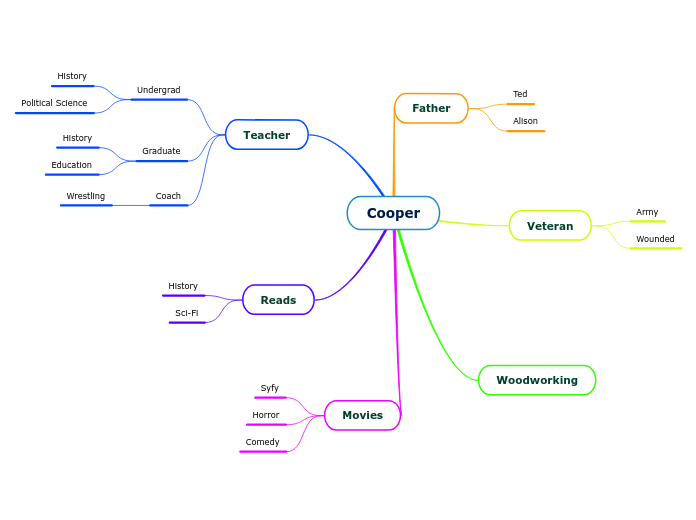Olsen, Fuller Chapter 2:
Families and Their Functions - Past and Present
How families function
What is important is not the appearance of a family, but how it functions.
Dysfunctional Families
Lack of diversity
Perfectionism
Abuse
Conflict
Unpredictability and fear
Control
Addiction
Functional Families
Time together.
Clear role definition.
Connectedness.
Ability to adapt.
Religious or spiritual orientation.
Appreciation.
Recognition and respect.
Effective communication patterns.
Patterns of Divorce and Remarriage
Blended Families
Important to udnerstand the facts and myths of blended families.
Intact and blended most alike in appearance.
Single-parent home is more similar to the infact home than a blended family.
Most misunderstood.
This type may eventually become the largest family structure.
Also called stepfamilies or recoupled.
Occur when single-parent families remarry.
Single-Parent Families: Divorce
Stigmatization
Some true differences: children more comfortable talking with adults, everyone assumes more responsibility, and children may receive more praise of good grades.
Called a broken home even though little research to prove academic achievement differences of children of divorce and children from intact homes.
57% of all female-headed households have annual incomes below the national poverty line.
Lesser quality of physical and emotional environment that families with adequate resources have.
Medical concerns
Inadequate nutrition
Children go through grief process.
Contemporary U.S. Families
Unmarried Mothers
Teen mothers
Has led to skip generation parenting.
Maternal grandmothers raise the young mothers' children,
Many often live in poverty, are unemployed, have low-level employment skills, have narrive educational backgrounds, and have limited parenting skills.
Problems include lack of maturity and financial resources
Give birth to approximately 11% of children born in US each year
Twenty and over
Those who did not plan their pregnancy
Early 20s, not as well off financially and educationally
Does not mean those children are not loved or wanted.
Those who chose to get pregnant
Well-thought-out decision, may involve many options.
Older, more affluent, better educated, not in position to marry.
Single-Parent Families
Most stereotyped structure.
Mother most likely to be custodial parent.
Summary
No matter what time period, families have two responsibilities toward their children.
Educate them to be productive members of society
Protect from threats to well-being
Families react to the problems and dilemmas in society and then their reactions cause new dilemmas.
What has changed has been the cultural matrix that families function within.
The Evolution of the Family
The Age of Reason
1950s to 1970s
The Great Depresssion and World War II
American Industrialization and the Family
Colonial North American Family
The Industrial Revolution
Early History
Renaissance and Reformation Families
European Medieval Families
Greek and Roman Period Families
Prehistoric Families
Families at each point in history
have their own sets of family values
family functions. These developed in
response to social, political, and
economic environments.









